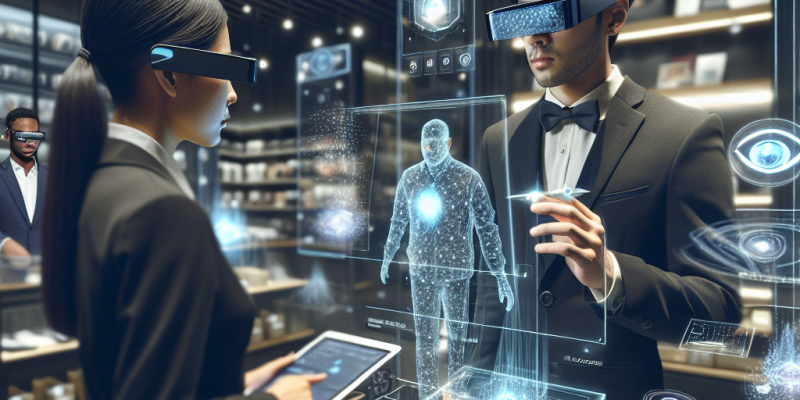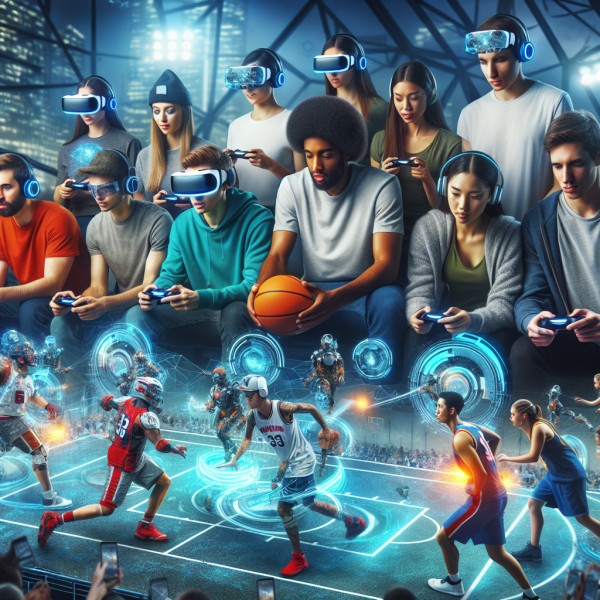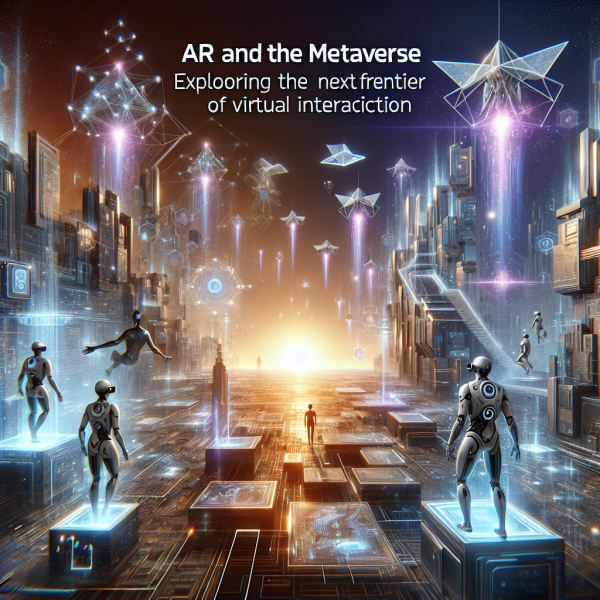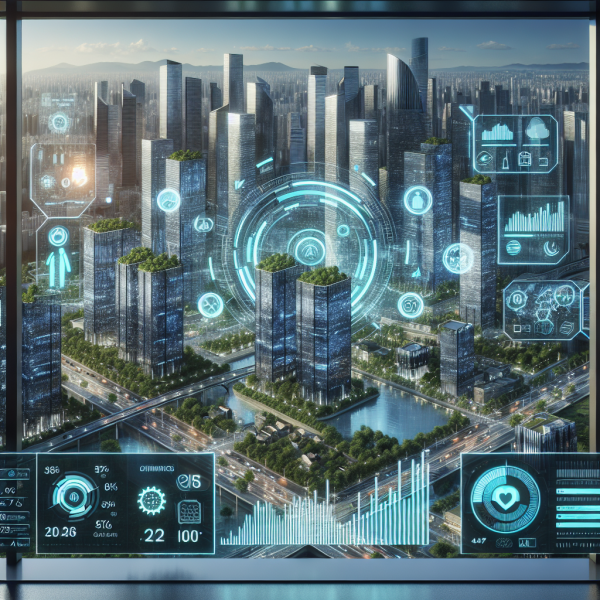Reimagining Retail: How Augmented Reality is Changing the Shopping Experience

In recent years, the retail industry has undergone a significant transformation, thanks in part to advancements in technology. Among these innovations, Augmented Reality (AR) stands out as a game-changer. By blending the digital and physical worlds, AR is revolutionizing how consumers shop, offering immersive and interactive experiences that engage and inspire. This article explores how augmented reality is reshaping the retail landscape and enhancing the shopping experience for consumers.
Understanding Augmented Reality in Retail
Augmented Reality refers to the technology that overlays digital information—such as images, videos, and 3D models—onto the real world through devices like smartphones, tablets, and AR glasses. Unlike Virtual Reality (VR), which immerses users in a completely virtual environment, AR enhances the real world, allowing consumers to interact with both physical products and digital elements simultaneously.
Enhancing Product Visualization
One of the most compelling applications of augmented reality in retail is its ability to enhance product visualization. Traditional shopping often limits customers to viewing products from fixed angles, leading to uncertainty about how an item will fit into their lives. With AR, consumers can visualize products in their own environment before making a purchase.
For example, furniture retailers like IKEA have adopted AR applications that allow customers to see how a piece of furniture would look in their living space. Users can point their smartphones at a particular area in their home and see a life-sized 3D rendering of a sofa or table, complete with real-time scaling. This capability not only minimizes the risk of buyer’s remorse but also helps in making more informed purchasing decisions.
Fitting Rooms That Fit the Future
In the fashion industry, augmented reality is redefining the fitting room experience. Brands like Sephora and Warby Parker have pioneered AR-enabled apps that allow consumers to virtually try on makeup and eyewear. Shoppers can see how different shades of lipstick or styles of glasses look on their own faces, all from the comfort of their homes. This innovation reduces the time spent in physical stores, enhances convenience, and lowers the return rates due to mismatched expectations.
Moreover, smart mirrors in physical retail environments integrate AR technology, allowing customers to try on clothes without stepping into a fitting room. These mirrors can suggest complementary items and provide styling tips, creating a personalized shopping experience that keeps customers engaged and encourages cross-selling.
Interactive and Engaging Shopping Experiences
Augmented reality is also being used to gamify shopping. Retailers are creating interactive experiences that not only entertain but also provide information about products and promotions. For instance, AR scavenger hunts within stores can lead customers on a dynamic journey to discover new products, providing fun while encouraging exploration and boosting sales.
In addition, brands are adopting AR for promotional campaigns. For example, a cosmetics brand might allow customers to scan a product’s barcode with their phones, triggering an augmented reality experience that showcases tutorials or behind-the-scenes content. This interactivity deepens customer connection and enhances brand loyalty.
Addressing the Need for Safety and Convenience
The COVID-19 pandemic has accelerated the adoption of contactless shopping options, and AR fits seamlessly into this paradigm. By allowing customers to engage with products without physical contact, AR not only improves safety but also aligns with the increased demand for online shopping. As more consumers prefer to shop online or adopt hybrid shopping models, AR provides the tools needed to create a rich, informative, and engaging digital shopping experience.
Challenges and Limitations
Despite its potential, the implementation of AR in retail is not without challenges. The technology often requires significant investment in infrastructure and employee training. Moreover, not all consumers are tech-savvy, and some may find AR apps challenging to navigate. There is also the need for consistent high-quality AR graphics and user experiences to ensure customer satisfaction.
The Future of Augmented Reality in Retail
As technology evolves, the possibilities for augmented reality in retail will only expand. The integration of artificial intelligence (AI) can enhance personalization, predicting customers’ tastes and offering tailored recommendations. Moreover, innovations in hardware, such as lightweight AR glasses, could make immersive shopping experiences more accessible and appealing to a broader audience.
Conclusion
Augmented reality is undeniably transforming the retail experience, bridging the gap between online and offline shopping and providing consumers with immersive and engaging interactions. As retailers continue to explore and invest in this technology, one thing is clear: AR is here to stay, and its potential to revolutionize retail is just beginning to be realized. By embracing augmented reality, retailers can create memorable shopping experiences that resonate with consumers, turning casual shoppers into loyal brand advocates. As we move forward, the retail landscape will be defined not just by what consumers buy, but by how they experience shopping itself.













